1600s
Explore 1600s stories
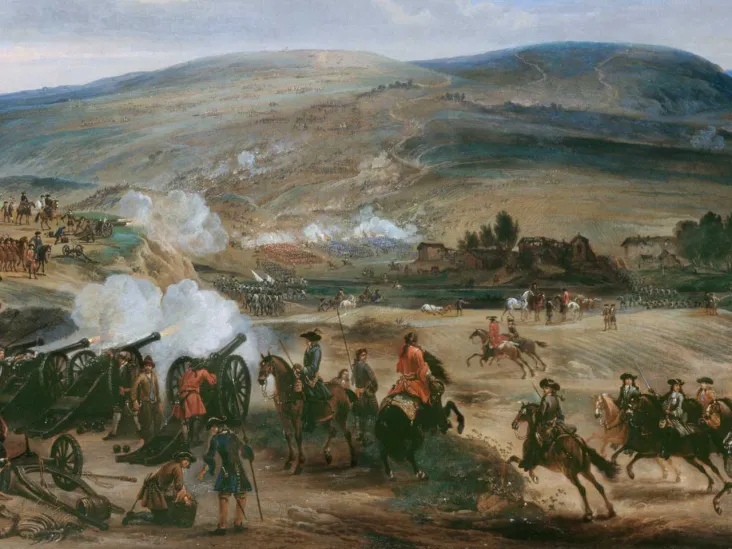
Battle of the Boyne
explore this story
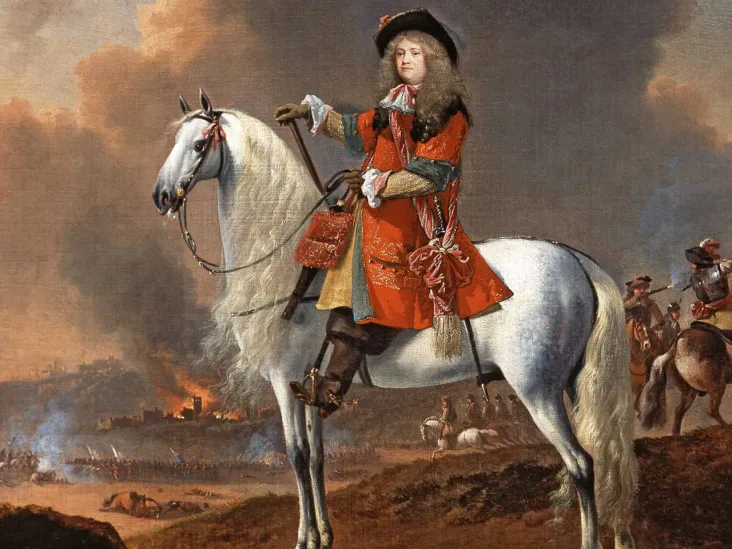
The Restoration and the birth of the British Army
explore this story
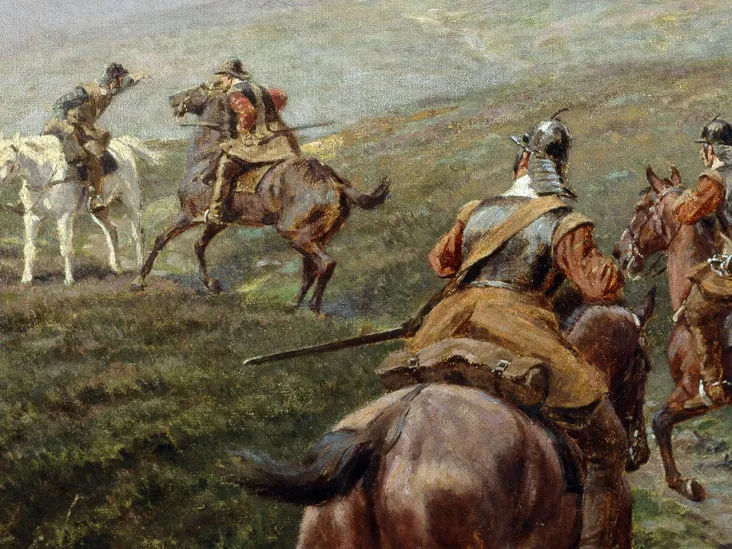
British Civil Wars
explore this story
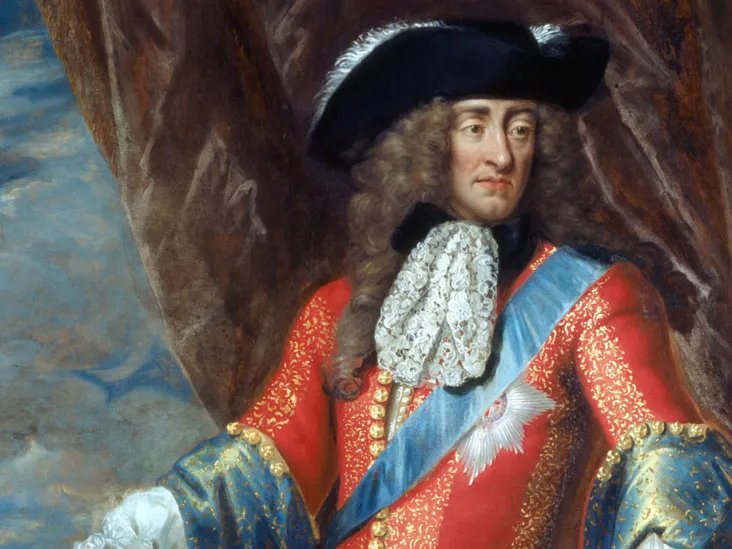
The ‘Glorious Revolution’
explore this story
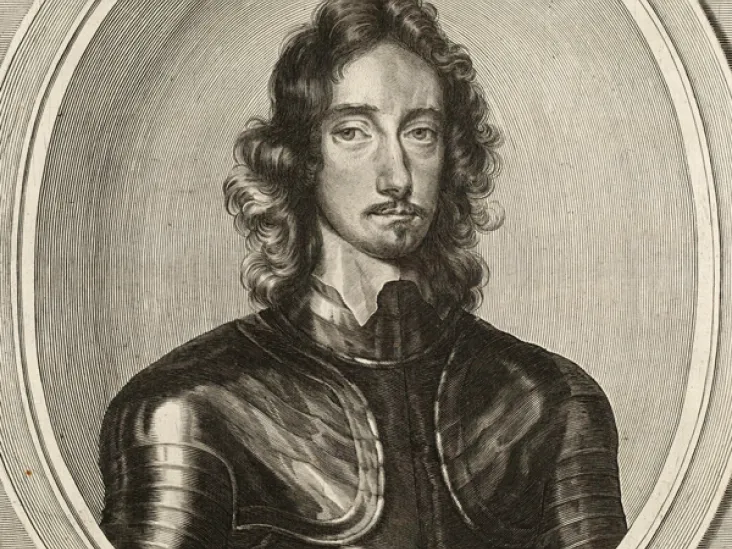
Thomas Fairfax: A man of honour
explore this story
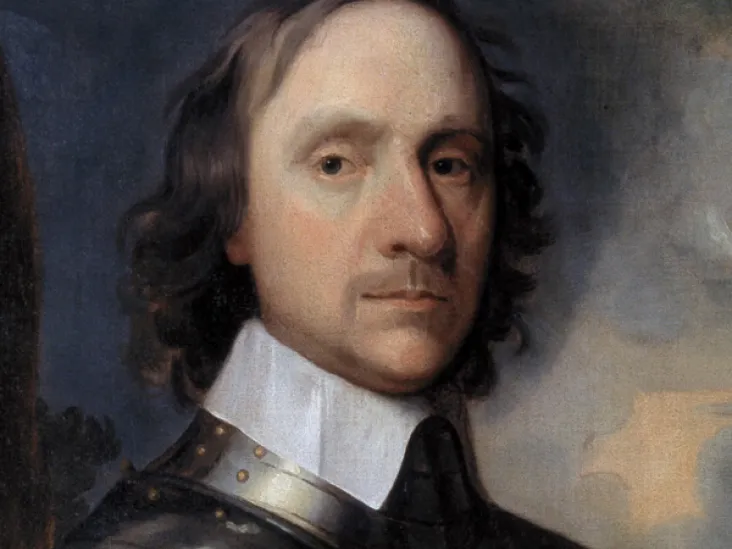
Oliver Cromwell: Lord Protector
explore this story
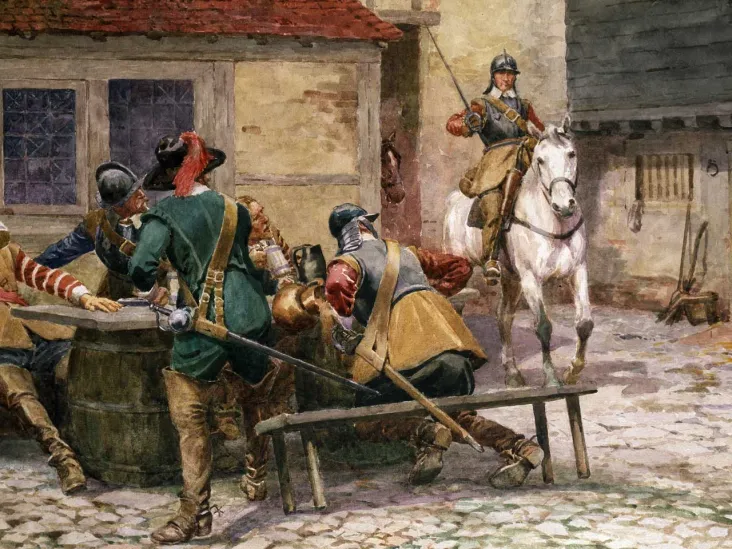
The war on Christmas
explore this story
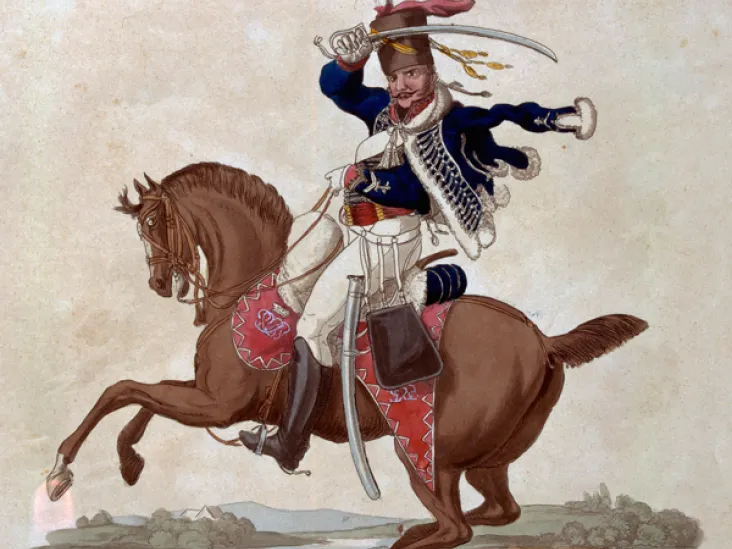
Cavalry roles
explore this story

Edward Walker: Eyewitness to civil war
explore this story
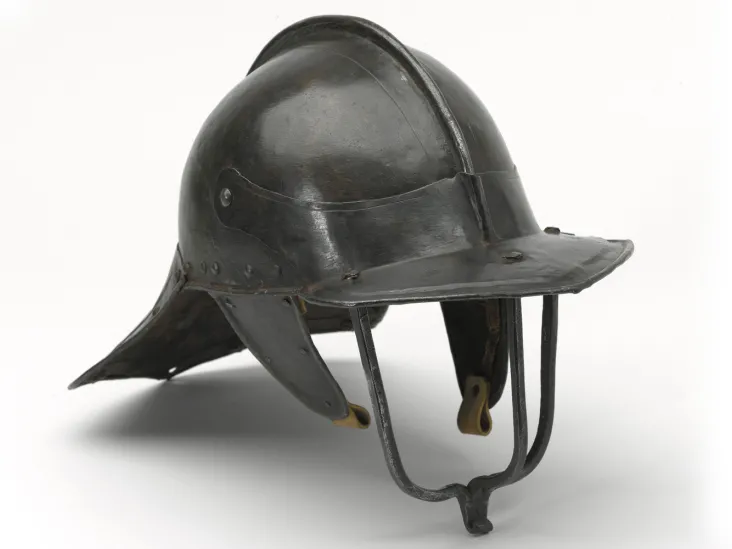
Battle of Naseby
explore this story
Explore 1600s events
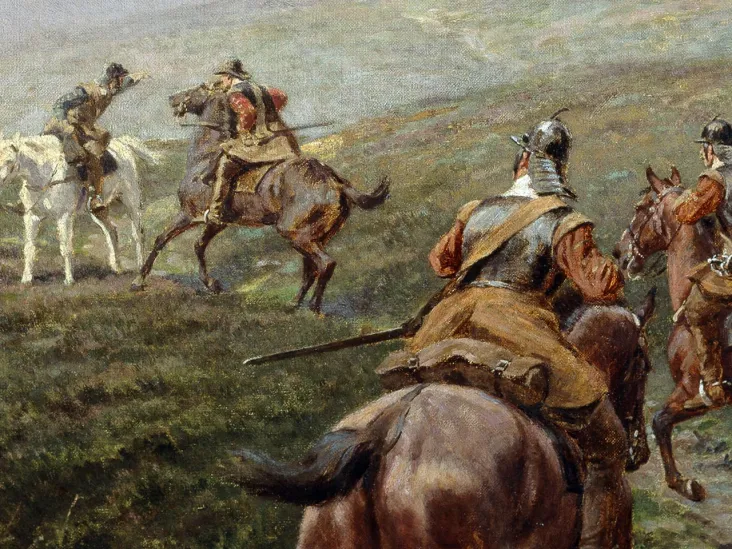
Secondary (virtual)
8 January - 19 July 2024
FREE
British Civil Wars: Pikemen, cavalrymen and musketeers (virtual)
find out more
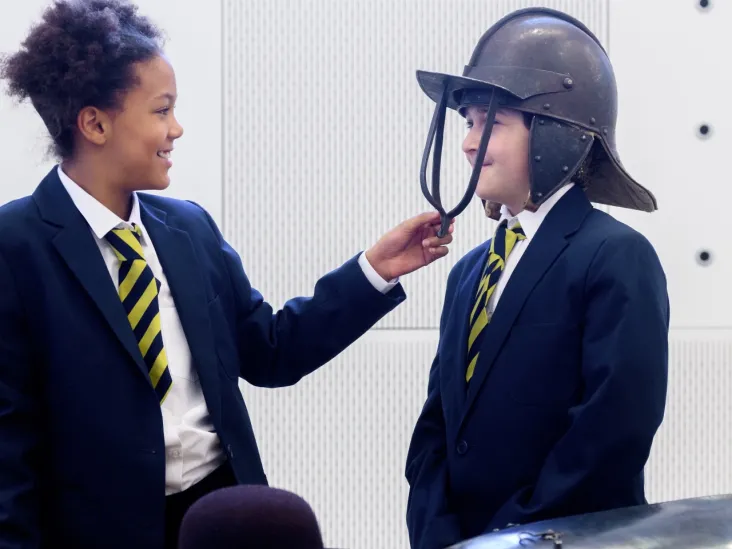
Secondary workshop
8 January - 19 July 2024
FREE
British Civil Wars: Pikemen, cavalrymen and musketeers
find out more




